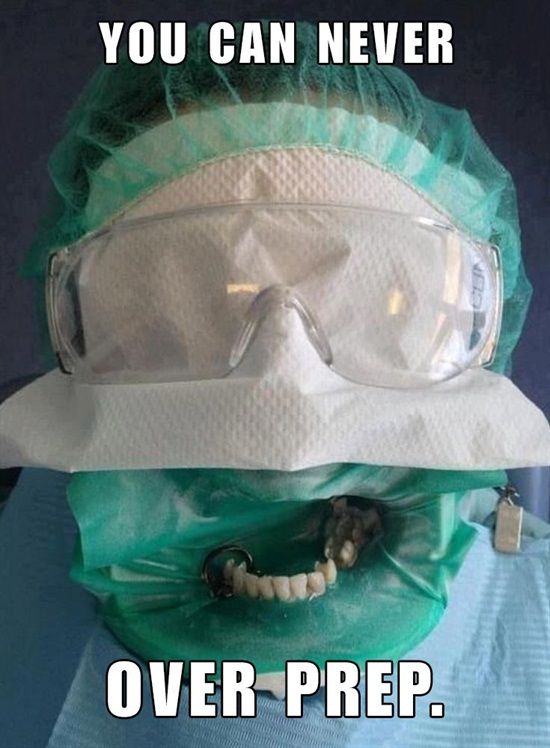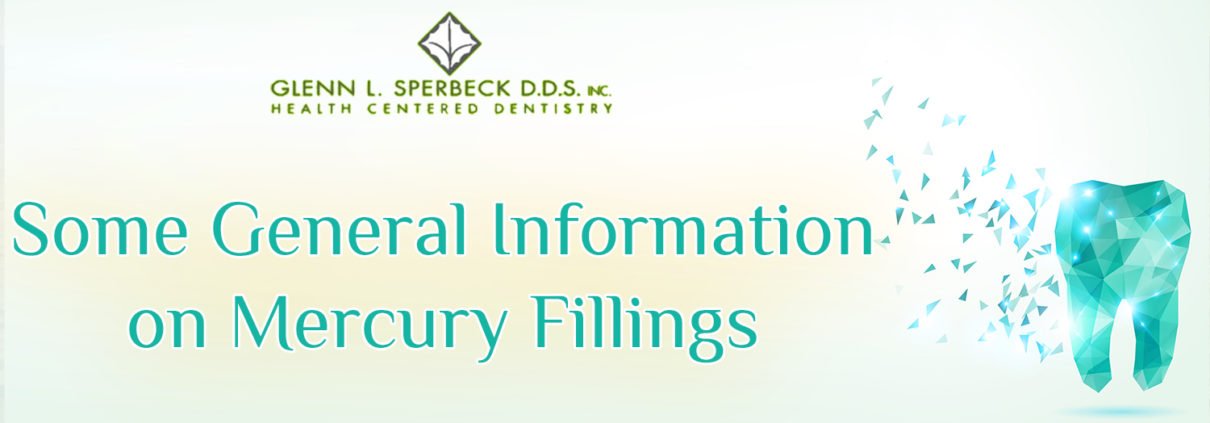Nathan LeMasternlemaster
Saying Goodbye to Silver Fillings
For years now, groups like the Environmental Protection Agency and The National Institute of Standards and Technology have been working to eliminate the use of mercury thermometers.1 This is because of the dangers that they pose to both consumers and the environment. The EPA estimates that over half the mercury used in the U.S. today is currently resting in the mouths of dental patients.2 “Silver” dental amalgams are actually comprised of about 50% pure mercury.
Use of mercury amalgam fillings is still allowed and surprisingly widespread in the U.S. However, an increasing number of patients and doctors are choosing to avoid them. Some countries in Europe have started banning them3, as the dangers of mercury amalgam dental fillings are becoming more and more well known.
The Dangers
Even at room temperature, mercury evaporates. Silver fillings will continuously secrete mercury vapor over their entire lifetime. Chewing, consuming hot foods, and grinding teeth are among the activities that will increase the rate at which this vapor is released. This is significant, because mercury vapor can easily invade your body. It does this through the respiratory system or even be absorbed through your skin into the bloodstream. From there, the toxic metal can spread throughout the body or accumulate in more concentrated pockets, most commonly in the liver4, kidneys5, and brain6.
Mercury vapor inhalation produces a molecular lesion in the brain protein that is similar to those found in 80% of alzheimer’s patients’ brains7. The damage to neuronal cells can be evident in behavioral symptoms such as depression, anxiety and irritability, or physical symptoms such as tremors, headaches, and fatigue. Mercury also damages the blood brain barrier making the brain. This can make a person more susceptible to damage from other heavy metals in the environment.
Studies suggest a correlation between mercury exposure and fatty liver disease. Oxidation of cells in the liver along with inflammation of the lymph nodes is another problem. Oxidation caused by mercury toxicity can lead to allergies and other complications of the immune system.
The most common effect of acute mercury toxicity is kidney damage and renal failure. But mercury exposure also leads to gastrointestinal complications and circulatory problems. It is especially detrimental to early childhood and fetal development. In essence, mercury can and will wreak havoc on almost any biological system. Whenever mercury comes into contact with human tissue, it is never safe.
Minimizing the Danger During Removal
Patients with mercury amalgam fillings are continuously exposed to mercury vapor. The concentration of the vapor and level of exposure is generally at its highest when the filling is being placed. The removal of these fillings also releases exceptionally high levels of vapor. This is especially true when certain protocols for safe mercury removal are ignored. Unfortunately, the standard of care for removing metal fillings is very inconsistent in the dental industry. This makes it crucially important for patients seeking the safe removal of their mercury fillings. Choosing a dentist that has a carefully implemented mercury removal protocols should not be taken lightly.
Multiple precautions must be taken8 to ensure that the patient is not exposed to mercury through the skin or to vapors through the respiratory system. There are environmental concerns with regard to the disposal of this toxic material. Furthermore, protective measures are needed to ensure that other patients and staff are not subject to mercury vapor exposure in the office as a result of these procedures.
These precautions include keeping the temperature of the amalgam as low as possible during removal, so as not to release excess levels of vapor. The office should have an effective suction system with proper discharge disposal. Protective material should be strategically positioned to protect the soft tissue in and around the mouth. The patient should have clean air piped in through the nose during the procedure. This is so you won’t be breathing the air immediately surrounding the mercury removal site. Ambient air evacuation or filtration are needed to protect others in the office from mercury vapor exposure. All staff involved in the removal procedure should cover all of their skin and wear respirators. This is done to avoid the immediate and accumulative toxic effects of mercury exposure.
Dr. Boyajian has long understood the importance of practicing mercury free dentistry. Furthermore, he is one of the few dental practitioners in all of Los Angeles with both the knowledge and experience to free patients from ongoing exposure to mercury vapor without exacerbating the problem in the process. If you would like to make your mouth a mercury-free zone, call today to schedule a consultation.
Sources:
1 Peter Gwynne. “Mercury Thermometers Face Final Phase Out.” USNews.com. Inside Science News Service. 25 Feb. 2011. Web. 29 Feb 2016. 2 “A Comprehensive Review of the Toxic Effects of Mercury in Dental Amalgam Fillings on the Environment and Human Health.” iaomt.org. The International Academy of Oral Medicine and Toxicology. 2016. Web. 29 Feb. 2016. 3 Andrew W. Saul, Ph.D. “Mercury Dental Amalgams Banned in 3 Countries.” Orthomolecular.org. International Schizophrenia foundation. 11 Nov. 2008. Web. 29 Feb. 2016. 4 Nicole Cutler. “Update on Toxins Harming the Liver.” LiverSupport.com. Natural Wellness. 20 Apr. 2008. Web. 29 Feb. 2016. 5 Boyd ND, Benediktsson H, Vimy MJ, Hooper DE, Lorscheider FL. “Mercury from Dental ‘Silver’ Tooth Fillings Impairs Sheep Kidney Function. iaomt.org. Am J Physiol. 1991; 261(4 Pt 2):R1010-R1014. PubMed ID: 1928419. 2016. Web. 29 Feb. 2016 6 “Get the Mercury Out: The Effects of Mercury on the Nervous System.” Faculty.Washington.edu. Washington University. n.d. Web. 29 Feb. 2016. 7 Russell Blaylock, M.D. “How Mercury Causes Brain Degeneration.” Online video. YouTube.com. University of Calgary. 13 Apr. 2013. Web. 29 Feb. 2016. 8 “Safe Removal of Amalgam Fillings.” iaomt.org. International Academy of Oral Medicine and Toxicology. n.d. Web. 29 Feb. 2016.






